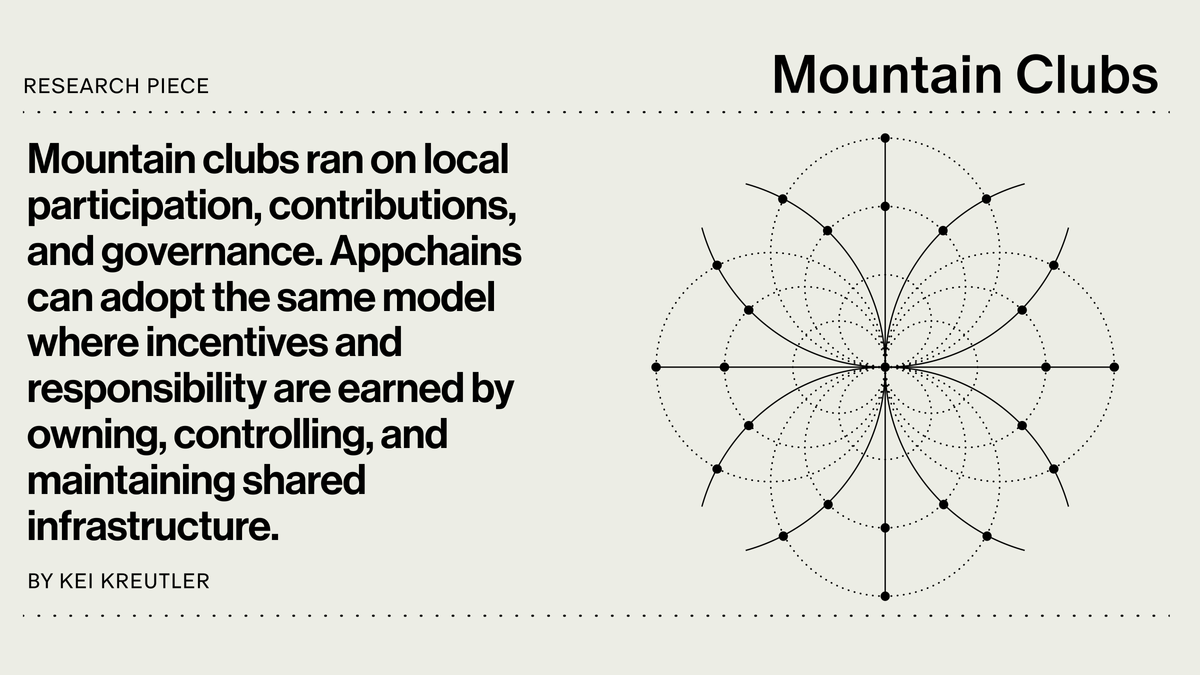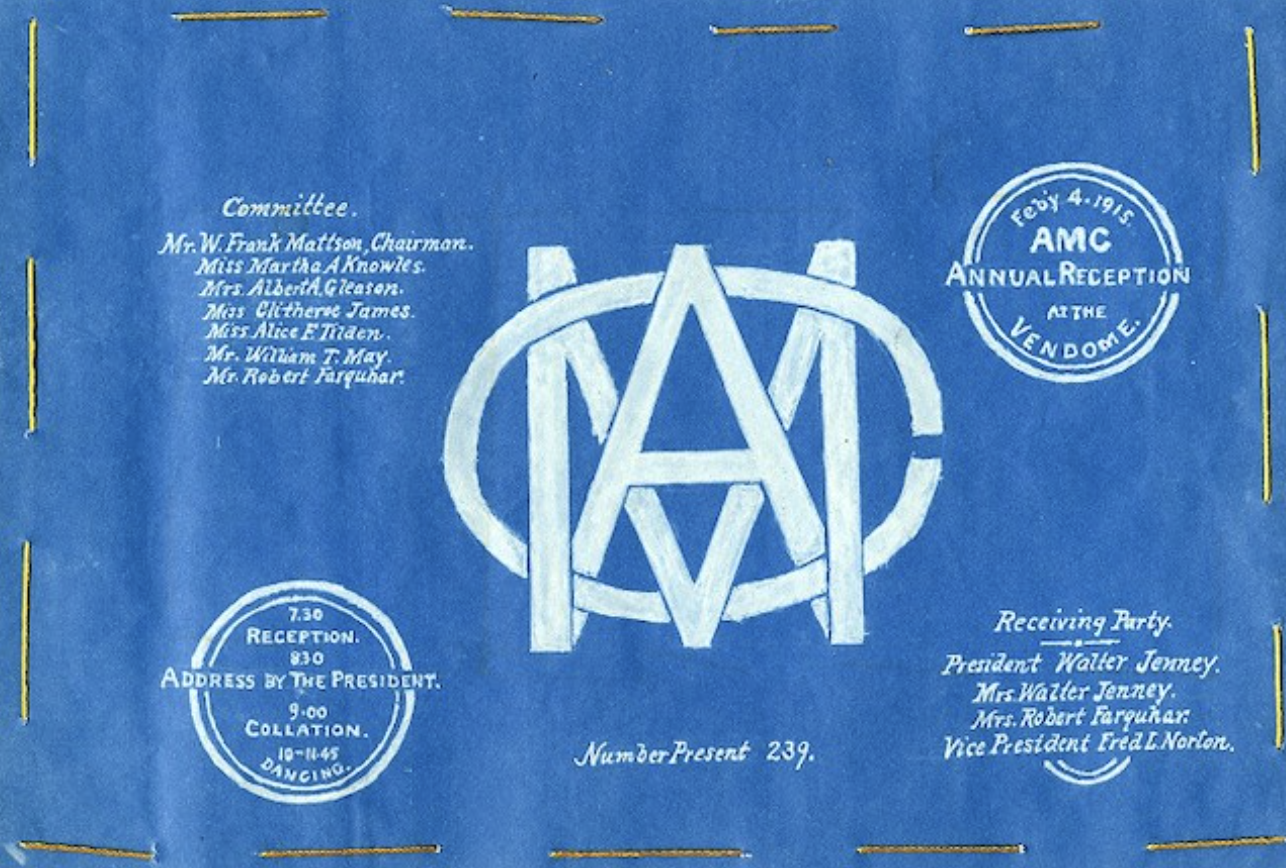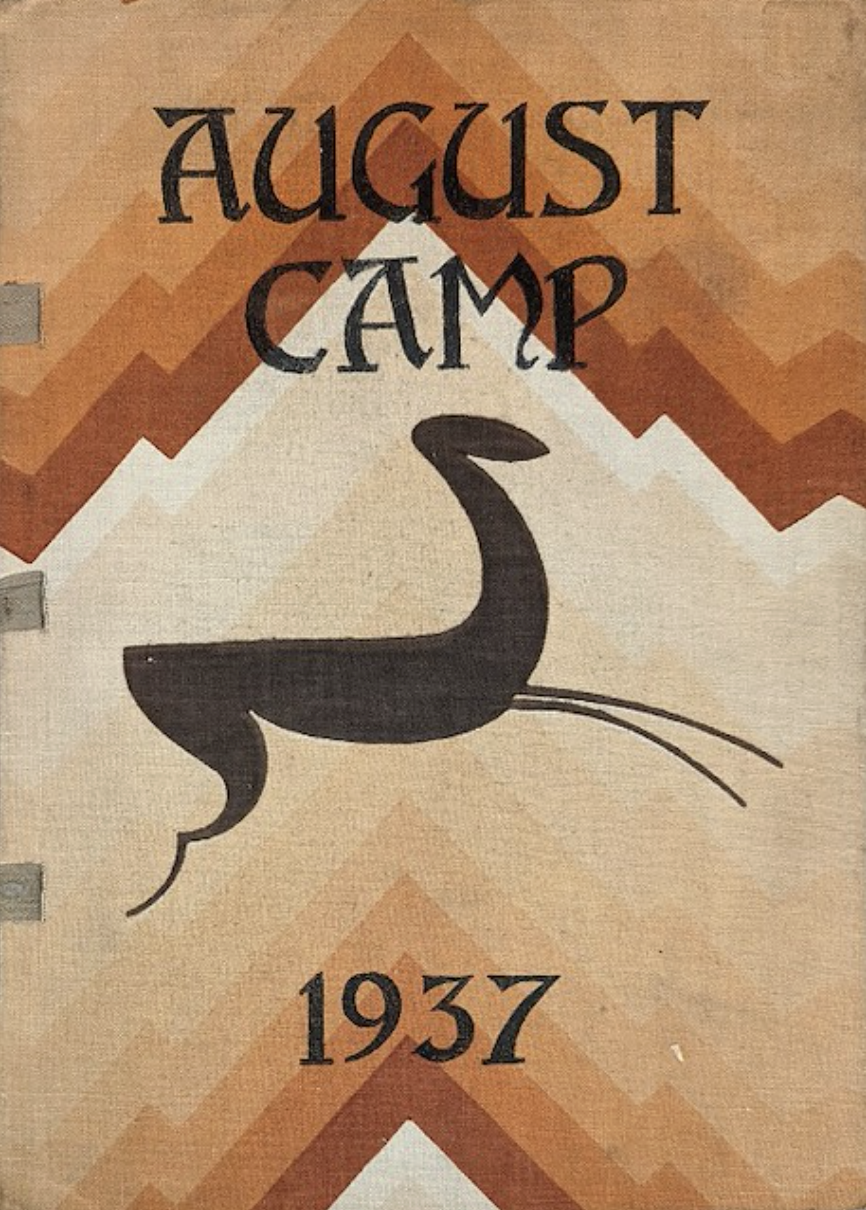Research Piece: Mountain Clubs
Mountain Clubs maintained remote trails and huts through volunteer labor, membership fees, and shared governance—an early model of community-owned infrastructure.

This series shares brief case studies of organizations relevant for designing economic mechanisms around ownership of decentralized infrastructure. I intend these posts to be informative, rather than copy-paste recommendations, so I present advantages, disadvantages, and speculations around each model that I learned through my recent research.
Written by Kei Kreutler.
When we think about infrastructure today, we often focus on technological systems: electricity grids, communication networks, and transportation systems. Some of the most enduring membership organizations, however, emerged around maintaining physical infrastructure for exploring natural places.
The history of mountain clubs can be inspiring for decentralized, civic stewardship. Their organizational structures evolved to manage both physical assets like trails, huts, and shelters as well as informational assets like maps, guides, and educational resources through distributed networks of volunteers.
Before the National Trails System Act of 1968, when the federal government overtook the responsibility, mountain clubs served as one of the key maintainers of trails, parks, and accommodations in the wild, demonstrating the unique capability of civic associations.
The Appalachian Mountain Club
Founded in 1876 at MIT, the Appalachian Mountain Club (AMC) included artists and scientists who, you might guess, loved mountains. The club initially focused on building trails in the White Mountains of New Hampshire, but its scope eventually expanded to cover much of the Northeastern United States.

The AMC had a unique membership structure that combined a board of directors, a local chapter system, and individual, annual membership dues. Local chapters, while part of the broader AMC organization, had significant autonomy in maintaining their local trail systems. This structure enabled the club to scale effectively while preserving locally engaged knowledge.
A key innovation was the club’s hut system, established in 1888 with the construction of Madison Spring Hut. The huts served as both physical infrastructure for accessing remote areas and as focal points for community building. The hut system demonstrated how membership organizations could sustainably manage shared resources through a combination of fees, volunteer labor, and professional oversight. For example, construction of Madison Spring Hut relied on member loans at 3% interest repaid through hiker fees over 15 years.[1] Daily operations hinged on hybrid labor: workers received room, board, and a 1900-era wage of 25 cents per day, while volunteers handled seasonal repairs.[2]

However, the ongoing maintenance huts required led to changes in the relationship between the overall organization and its local chapters. Maintenance costs relied on collecting 30% of annual membership dues from local chapters, yet they often resisted sending these dues to the AMC headquarters in Boston. In 1947, the Delaware Valley Chapter temporarily withheld 40% of collected fees to fund local shelter repairs.[3] The AMC Board of Directors responded by creating a matching fund program where chapters could retain half of excess annual membership dues if they met certain benchmarks.[4]
Enduring these conflicts, the local chapters developed an operational model that blended volunteer enthusiasm with professional expertise. While volunteers provided the backbone of trail maintenance and community engagement, professional staff ensured consistent standards and long-term planning.
Mountain Clubs' Relevance for Today
The challenges that mountain clubs addressed like maintaining shared infrastructure, coordinating distributed communities, and balancing open access with responsibilities parallel many challenges in distributed networks today.
The evolution of mountain clubs, like the AMC as well as the later Sierra Club, from local organizations to regional networks provides insights along these lines, as many blockchain projects still struggle with questions of sustainable maintenance, “local” versus global governance, and upholding values in permissionless contexts.
Learnings and Examples
For fun, mountain clubs could inspire how layer 2 networks structure their sequencer membership and maintenance responsibilities.
Example Scenario
Consider a layer 3 network called Trails that structures sequencer membership like a mountain club, with tiered access levels. Entry-level sequencers can process transactions, but they can’t participate in governance. Full membership with governance rights requires maintaining shared infrastructure like developer tools, and senior membership is earned through consistent infrastructure contributions and up-time.
```
// SPDX-License-Identifier: UNLICENSED
pragma solidity 0.8.24;
import {IsAllowed} from "src/interfaces/IsAllowed.sol";
/**
* @title TrailsSequencing
* @dev Validates sequencer membership based on contribution tiers
*/
contract TrailsSequencing is IsAllowed {
enum MemberTier { NONE, ENTRY, FULL, SENIOR }
mapping(address => MemberTier) public memberTiers;
mapping(address => uint256) public infraContributions;
function isAllowed(address proposer) external view override returns (bool) {
// Entry level and above can process transactions
return memberTiers[proposer] != MemberTier.NONE;
}
function canParticipateInGovernance(address member) external view returns (bool) {
// Only full and senior members can participate in governance
return memberTiers[member] >= MemberTier.FULL;
}
function recordContribution(address member, uint256 amount) external {
// Add access control in production
infraContributions[member] += amount;
updateTier(member);
}
function updateTier(address member) internal {
if (infraContributions[member] >= 100 ether) {
memberTiers[member] = MemberTier.SENIOR;
} else if (infraContributions[member] >= 50 ether) {
memberTiers[member] = MemberTier.FULL;
} else if (infraContributions[member] > 0) {
memberTiers[member] = MemberTier.ENTRY;
}
}
}This would create a membership system where sequencers progress through tiers based on their contributions to the network’s infrastructure. Rather than relying solely on stake or fees, sequencers would earn status and governance rights through active participation in maintaining shared resources.
In the context of decentralized infrastructure ownership, this model would support sustainable maintenance systems by tying sequencer privileges to infrastructure contributions. New sequencers can still join at the entry level, but greater influence requires demonstrated commitment to the network’s health.
[1]: “The Huts,” 24.
[2]: Hutmaster Contract.
[3]: Delaware Valley Records.
[4]: AMC Policy Manual.
Sources
Appalachian Mountain Club. Hutmaster Employment Contract. 1900. White Mountain National Forest Museum, Gorham, NH.
Appalachian Mountain Club. Policy Manual Revision. 1948. Section 4.7, "Chapter Funding and Maintenance Benchmarks." Appalachian Mountain Club Archives, Boston, MA.
Chamberlin, Silas. On the Trail: A History of American Hiking. New Haven, Connecticut: Yale University Press, 2016.
“The Huts: AMC’s High Mountain Hostels.” Appalachia Journal 45, no. 1, 1993.
Delaware Valley Chapter Records. Correspondence and Financial Reports. 1947. Appalachian Mountain Club Archives, Boston, MA.
Waterman, Laura, and Guy Waterman. Forest and Crag: A History of Hiking, Trail Blazing, and Adventure in the Northeast Mountains. Thirtieth Anniversary Edition, 2019 edition. Excelsior Editions. Albany, New York: State University of New York Press, 2019.